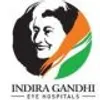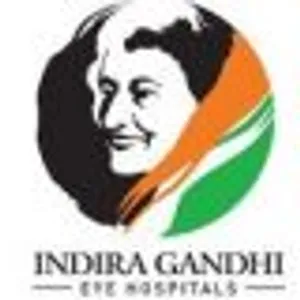History of National Eyewear Day
June 6 is National Eyewear Day, an awareness day established in 2016 to encourage people to schedule their next eye exam. The eye care community, including eye doctors and opticians, observes the day by educating the public about eye health and the importance of regular eye exams.
Why National Eyewear Day is important
National Eyewear Day serves as a reminder that taking care of your eyes should be part of your annual health care routine. Having a comprehensive eye exam every year is the best way to ensure:
Your eyes are healthy.
Your vision is clear (with or without correction).
Any changes in your eye health or vision are monitored and acted on appropriately.
Regular eye exams make it possible for your eye doctor to:
Detect and correct refractive errors
During your exam, your eye doctor will perform tests to check your eye health and vision. This will help them determine if you have a refractive error that causes blurry vision, such as:
Myopia (nearsightedness): Close objects are clear but distant ones are blurry.
Hyperopia (farsightedness): Distant objects are clear but close ones are blurry.
Astigmatism: Vision is blurry at all distances.
Presbyopia: Close-up vision is blurry due to age-related loss of near focusing ability.
Refractive errors are the most common vision problem in India. If you have a refractive error, your eye doctor may prescribe glasses or contact lenses to correct your vision.
Diagnose and treat eye conditions
Your eye doctor will examine the internal structures of your eyes during a comprehensive eye exam, checking for abnormalities and signs of diseases such as:
Glaucoma
Age-related macular degeneration
Cataracts
Diabetic retinopathy
Some serious health conditions, like heart disease, high blood pressure, and diabetes, can also be detected early during an eye exam due to their effects on the eyes’ blood vessels. Early detection allows for timely treatment.
A day to celebrate your favorite glasses
If you already wear eyeglasses, National Eyewear Day is a fun opportunity to show off your specs and appreciate how well you can see with their help.
History of glasses
Glasses have been around for centuries. The first use of “reading stones” was recorded by monks in the 10th century.
In 13th-century Italy, monks started using eyeglass lenses set in wooden or animal-horn frames. These had to be held up or perched on the nose because temples (the parts that sit over the ears) weren’t invented until the 18th century.
Glasses have evolved significantly over the years, with frequent advances in corrective lens design and technology. Notable inventions include:
Bifocals: In 1784, Benjamin Franklin invented bifocals by cutting near and distance vision lenses in half and fusing them into one lens.
Trifocals: John Isaac Hawkins invented trifocal lenses in 1827 for severe presbyopia.
Progressive lenses: Optical engineer Bernard Maitenaz invented the progressive lens in 1959, correcting vision at multiple distances without visible lines.
Observe National Eyewear Day by donating your old glasses
One way to celebrate National Eyewear Day is by donating your old glasses. Several nonprofits recycle gently used glasses and provide them to people in need.
Organizations that may have glasses donation programs in India include:
Indian Vision Care Services (IVCS): This organization sets up vision centres and holds charitable clinics across India, accepting used eyewear for recycling and distribution.
Lions Clubs International: Accepts glasses donations for global optical missions.
Local Opticians and Eye Clinics: Many local opticians and clinics participate in recycling programs for old glasses.
Check with your local eye doctor to see if they participate in a recycling program for old glasses. Wherever you choose to donate, ensure your glasses are in good condition.
For more information and to schedule your next eye exam, visit the Indira Gandhi Eye Hospital and Research Centre (IGEHRC), renowned for its comprehensive eye care services and commitment to eye health in India.



